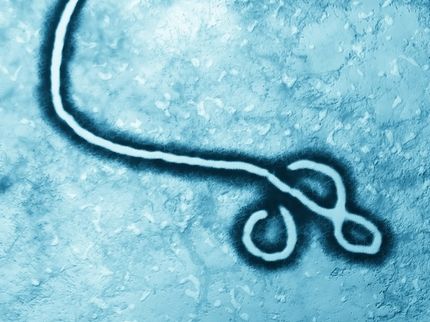Can hantavirus infection spread among humans?
Advertisement
In connection with last year's epidemic, a research team at Umeå University in Sweden has managed for the first time to show that hantavirus exists in human saliva. This raises the question of whether this contagion can spread among humans. In Sweden, a form of hemorrhagic fever with renal syndrome called nephropathia epidemica occurs primarily in the northern parts of the country. It is a zoonosis, that is, an infectious disease that is normally transmitted between animals and humans when a bank vole, for instance, releases Puumala hantavirus via its saliva, urine, and feces. Normally humans become infected by breathing in dust polluted by virus from bank vole secretions or by direct contact with the animal.
It has recently been shown in South America that the Andes hantavirus, which is closely related to the Puumala hantavirus, can in some cases be transmitted among humans. The Umeå team's findings indicate that a possible path of contagion for hantavirus disease might be human saliva. During last year's outbreak of nephropathia epidemica in northern Sweden, saliva samples were collected from 14 patients in Västerbotten County, and virus RNA was found in the saliva in ten cases. It is not clear whether the virus found in human saliva is capable of infecting another human, but this question is now being studied intensively.
The Umeå team consists of Associate Professor Magnus Evander and resident specialist physician and doctoral candidate Lisa Pettersson at the Division for Virology and Assistant Professor Clas Ahlm and Post-Doctoral Fellow Jonas Klingström at the Division for Infectious Diseases, all at the Department of Clinical Microbiology, Umeå University. Other co-authors are Jonas Hardestam and Åke Lundkvist, Swedish Institute for Infectious Disease Control, Stockholm. The findings will soon be published in the journal Emerging Infectious Diseases.
Most read news
Organizations
Other news from the department science

Get the life science industry in your inbox
By submitting this form you agree that LUMITOS AG will send you the newsletter(s) selected above by email. Your data will not be passed on to third parties. Your data will be stored and processed in accordance with our data protection regulations. LUMITOS may contact you by email for the purpose of advertising or market and opinion surveys. You can revoke your consent at any time without giving reasons to LUMITOS AG, Ernst-Augustin-Str. 2, 12489 Berlin, Germany or by e-mail at revoke@lumitos.com with effect for the future. In addition, each email contains a link to unsubscribe from the corresponding newsletter.
















































